ATP Testing for Cleaning Companies: The Complete Guide
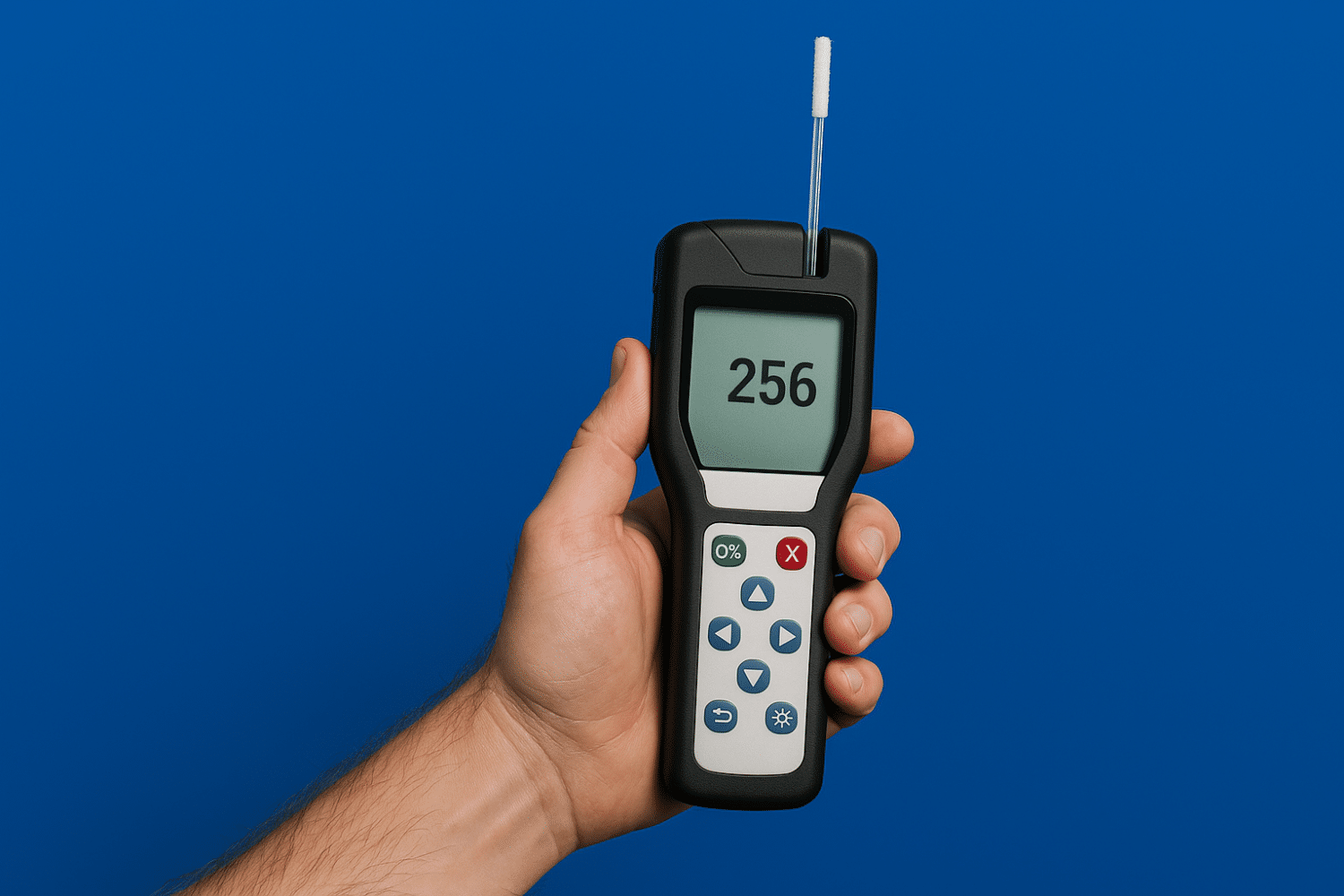

Foremost
The powerhouse behind pioneering cleaning companies
On average, people are exposed to 60,000 germs per day. Many of these germs can cause illness or be transferred via surfaces. But if most germs are invisible to the naked eye, why is visual inspection still the standard for verifying cleanliness? ATP testing for cleaning is the modern solution for accurate cleaning verification. Especially after COVID-19, organisations now prioritise hygiene metrics that go beyond appearances. ATP testing provides quantitative proof that surfaces are clean and safe for human contact.
Table of Contents
What is ATP and what does it stand for?
ATP stands for adenosine triphosphate, a molecule found in all living cells. It’s a universal marker for biological contamination, including bacteria, germs, and food residues.
ATP testing is widely used in professional cleaning to verify whether surfaces are properly disinfected, giving cleaning teams and clients confidence in hygiene standards.
How does ATP work in cleaning?
An ATP luminometer measures the amount of ATP on a surface sample. The result is given in Relative Light Units (RLU):
High ATP score = high contamination, ineffective cleaning
Low ATP score = surface is clean and hygienically safe
By monitoring ATP scores, cleaning teams can set KPIs to continuously improve cleaning performance and prove the effectiveness of their service to clients.
Who uses ATP in a cleaning company?
ATP testing is simple to implement in any commercial cleaning operation:
Cleaners take surface swabs and record results
Area Managers review scores for quality control
Operations Directors track overall cleaning performance
Sales & Marketing teams use ATP data to demonstrate verified hygiene to prospective clients
By incorporating ATP testing, companies can offer measurable proof of cleanliness, boosting trust and credibility.
What does ATP mean for your customers?
Security. It’s a valid and recognised process – something they can trust. It’s not just a customer satisfaction score, ATP gives you a cleanliness score that shows your prospects the difference you make to the hygiene of their space.
Accountability. The process makes you and your cleaners accountable for the level of “clean” that you provide to your customers. It’s a measure you can share with your customers and be proud of.
Trust. Showing that you use ATP testing on your tenders builds the trust of your prospective customers in your service. They’ll trust you to follow through with your cleaners so that their space is always safe.
What you need for doing an ATP test

A luminometer. That’s the proper name for an ATP testing machine.
ATP Luminometer: Measures ATP on surfaces
ATP Swabs: Typically supplied in packs of 100
Optional: 10 × 10 cm template for standardised sampling
Luminometer stand (if not hand-held)
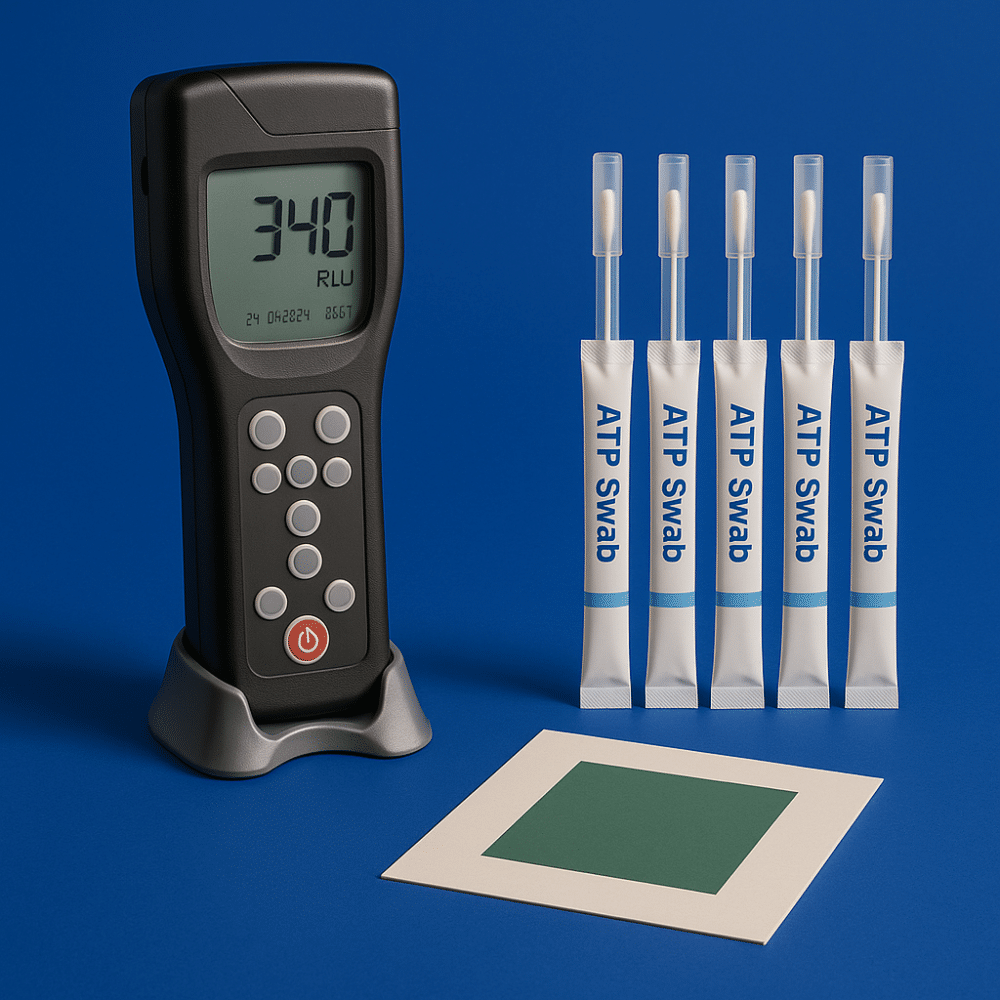
Setup:
Clean the target surface
Mark a 10 × 10 cm test area
Calibrate the luminometer
Wash hands thoroughly before swabbing
Does a “0” on ATP mean the surface is sterile?
No, a “0” on an ATP test does not indicate sterility.
Sterility is the complete absence of microorganisms including bacteria, fungus, and their spores. What an ATP test does is detects all sources of ATP, but it cannot differentiate ATP from food or bacteria – that’s why a zero RLU result cannot mean the surface is sterile.
Benefits of ATP tests
Efficiency: Identify areas that need more thorough cleaning
Accuracy: Eliminates reliance on visual inspection
Rapid results: Get scores within 30 seconds
Quality control: Demonstrates cleaning effectiveness to clients
Data-driven reporting: Quantitative evidence for hygiene audits
Limitations of ATP tests
Does not detect viruses: ATP only measures living cells
Cannot distinguish “good” vs. “bad” bacteria: Probiotic cleaning surfaces may show higher ATP even if safe
Surface moisture or gloves can skew results: Always follow proper testing protocols
Does not detect non-living dirt: Dust or debris without ATP will not be measured
Note: A “0” RLU score does not indicate sterility — it only means no detectable ATP was present.
What do ATP tests cost?
ATP test swabs: £2–£5 per test
ATP luminometer: £1,000–£2,000
Frequency: Weekly testing is recommended for consistent results, though monthly checks may suffice for smaller operations.
How often should you do ATP tests?
The main focus here is to make sure you do them regularly. We recommend that your cleaners carry out the ATP testing weekly to get the most reliable results.
Alternatively, you can do them once a month, depending on how accurate you want your results to be, how much time you have to set aside for it and who will be doing it. Once you’ve decided how often to do the tests, stick to that routine to get the most reliable results.
What are the key areas to test in a commercial cleaning contract?
Desks and workstations
Floors and high-traffic walkways
Door handles and push plates
Kitchen worktops and prep areas
Frequently touched buttons, switches, and controls
How to lower ATP scores
Thoroughly scrub and disinfect surfaces to remove biofilm
Ensure surfaces are dry before testing
Use a consistent cleaning routine with verified products
Monitor high-touch areas regularly
Recommended Professional Cleaning Equipment
Reimagine floor cleaning with the i-Team i-mop XL (V22) — the cordless scrubber dryer that combines the flexibility of a mop with the power of a professional floor machine. Designed for maximum efficiency and manoeuvrability, it transforms everyday hard-floor cleaning into a faster, safer, and more sustainable task.
With its twin brush system, powerful suction, and ergonomic upright design, the i-mop XL (V22) delivers outstanding cleaning results — even in tight, high-traffic spaces — helping you keep your environment spotless and hygienically maintained.
✔ Cleans and dries floors in one smooth motion
✔ Cordless, battery-powered design for total freedom of movement
✔ Reaches under furniture and along edges with ease
✔ Ideal for hard floors in commercial, retail, and public spaces
✔ Saves time and water while improving cleaning results
The i-mop XL (V22) is perfect for offices, schools, healthcare facilities, and retail environments, offering powerful cleaning performance with effortless control. Its lightweight build and intuitive design make it easy to use, reducing strain on operators and improving productivity.
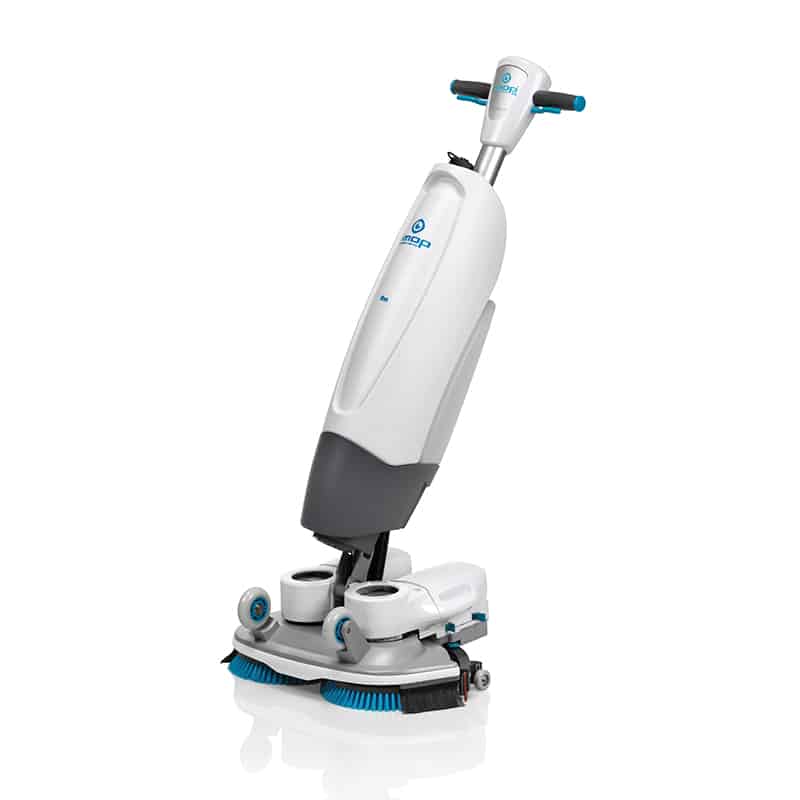
Clean smarter, move faster — with the Numatic 244 NX you get the compact agility of a mop system paired with full scrubber-dryer power. Ideal for congested or hard-to-reach hard-floor areas, this machine tackles everything from reception zones to retail spaces with ease.
✔ Cordless, battery-powered freedom for unrestricted cleaning
✔ Ultra-compact design fits and manoeuvres where larger machines can’t
✔ Twin brushes (2 × 22 cm width) provide efficient edge-to-edge coverage
✔ Up to 80 minutes runtime on the NX300 battery pack for extended shifts
✔ With a 2.2 L solution tank and 3 L recovery tank, you minimise refills and maximise productivity
Perfect for facilities supervisors, contract-cleaning teams and operations managers who demand high performance with less disruption. Whether it’s busy corridors, public lobbies or classroom zones, the 244 NX delivers consistent professional results with minimal fuss.
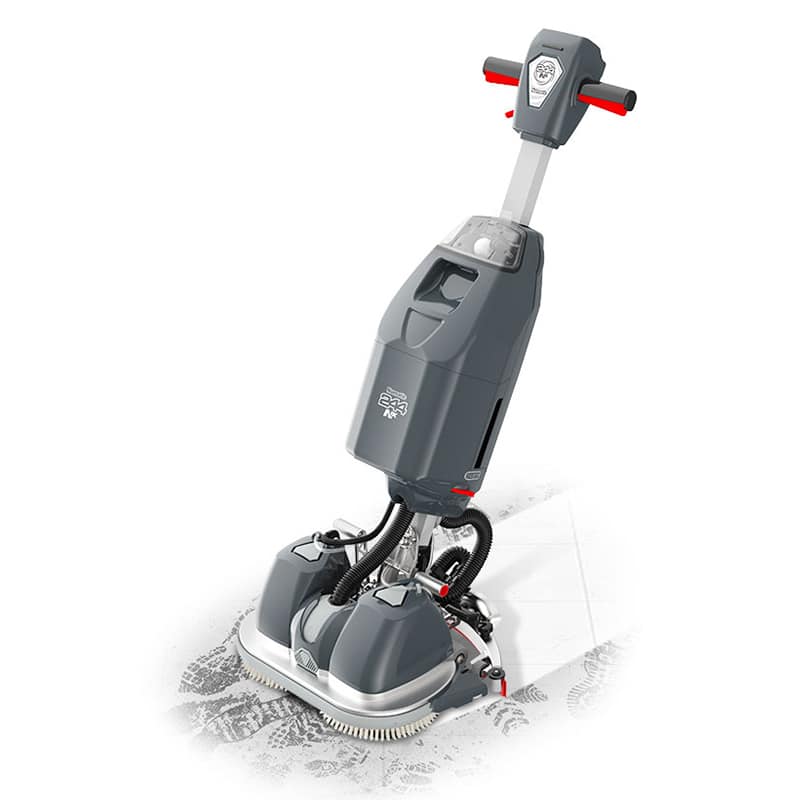
Step up your cleaning capability with the MotorScrubber Jet3 Jet Kit — a sleek, high-mobility battery cleaning tool built for confined or difficult-to-reach zones. Designed to make Ban the Deck Scrub a reality, it’s perfect where maneuverability, precision and speed matter.
✔ Spray-scrub technology: Integrated pump and solution bottle belt mount deliver cleaner results fast.
✔ Lightweight & portable: The machine weighs only approx. 1.75 kg, backpack adds 3 kg—operators stay agile.
✔ Long-run battery: Up to ~3.5 hours runtime, with charge time up to ~8 hours.
✔ Ideal for tricky surfaces: 18 cm scrubbing width, brush speed ~360 rpm, covers ~144 m²/hour.
✔ Safe for wet areas & sub-waterline cleaning: Great for leisure centres, poolside zones, changing room floors and stairs.
Whether you’re tackling stairs, behind sanitary suites, narrow corridors or wet zones, the Jet3 Jet Kit gives you the mobility of a handheld scrubber with the pro-grade effectiveness contract-cleaning teams demand.
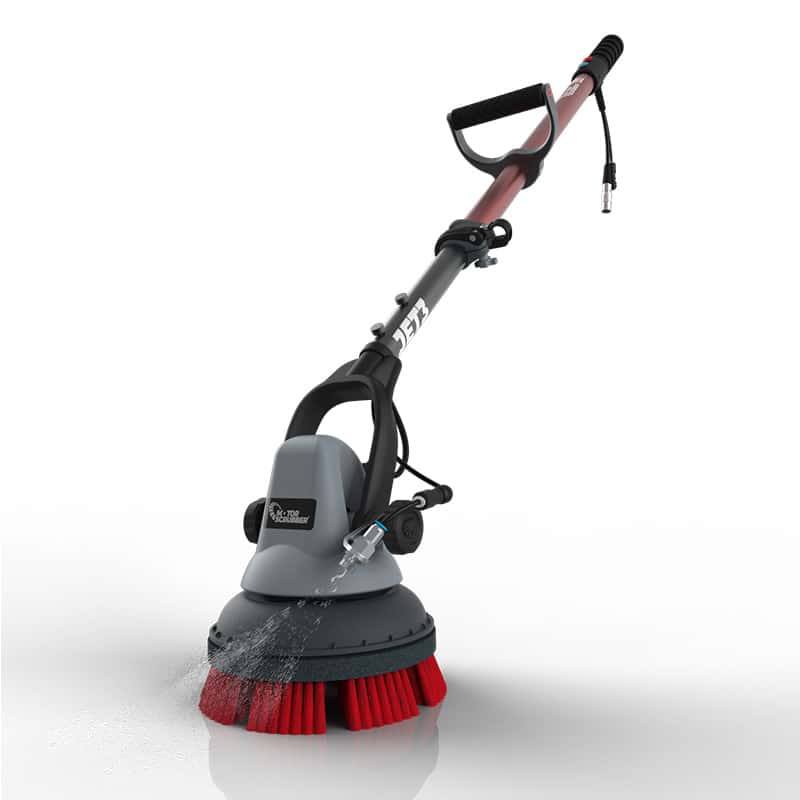
Achieve professional-grade results with the MotorScrubber Blade Flat-Mopping System — a “two-in-one” flat mopping solution designed for high-efficiency, hard-floor cleaning. This full kit combines a flexible squeegee blade with ultra-microfibre technology so you can mop and dry in one seamless operation.
✔ Rapid drying: The sharp, flexible squeegee blade leaves floors instantly dry and safe for access.
✔ Transformable use-case: Slide from Power Squeegee mode to full Wet-Mop by simply attaching the fibre pad, giving you the best of both worlds.
✔ High-performance specifications.
Bring together speed, hygiene and surface safety with the MotorScrubber Blade Flat-Mopping System — a smart choice for high-spec cleaning operations seeking one-system-fits-many tasks.
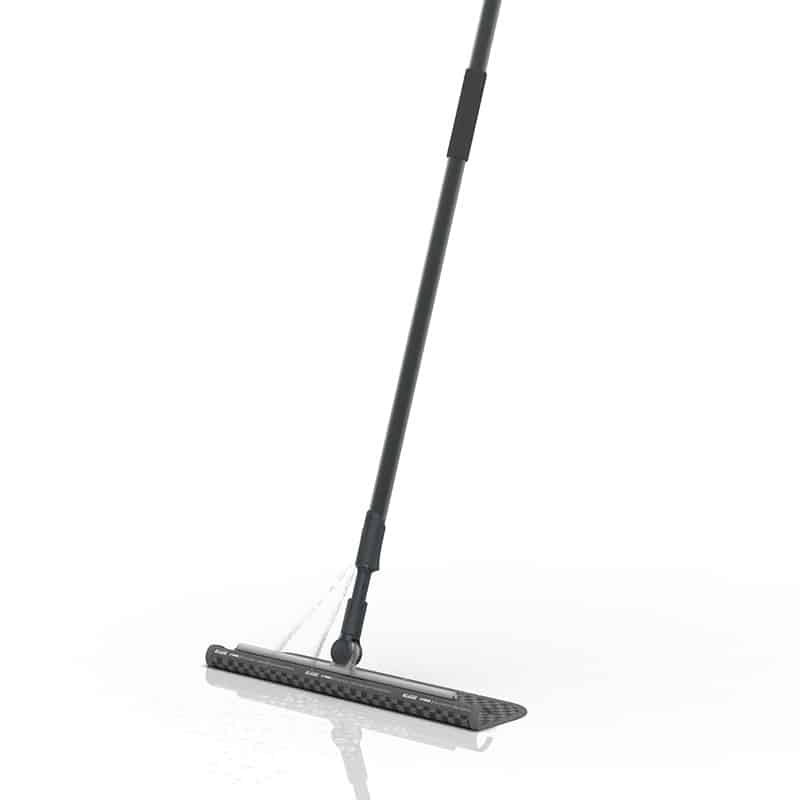
Microfibre cloths
Discover a comprehensive range of premium microfibre cloths, designed specifically for commercial cleaning operations. The D503 category covers everything from standard blue glass-cloths to heavyweight, colour-coded cloths for hygiene segmentation. With Foremost’s durable microfibres, your team can clean faster, safer and more efficiently — lowering costs and improving standards.
✔ Engineered for performance: the microfibre structure lifts and locks in dirt, grime and microbes far better than standard cloths.
✔ Colour-coded hygiene: available in blue, green, red, yellow, grey, purple and white — enabling your contract-cleaning teams to use the correct cloths in the right zones.
✔ Bulk & flexible packaging: available as individual units, 10-packs, or 200-unit cases — supports efficient procurement and usage.
Make the switch to Foremost’s D503 microfibre cloth range and equip your cleaning teams with cloths that deliver higher productivity, better hygiene outcomes, and clear cost efficiencies. Colour-coded, high-life, and available in bulk — these cloths are ideally suited to your commercial contract-cleaning operation.
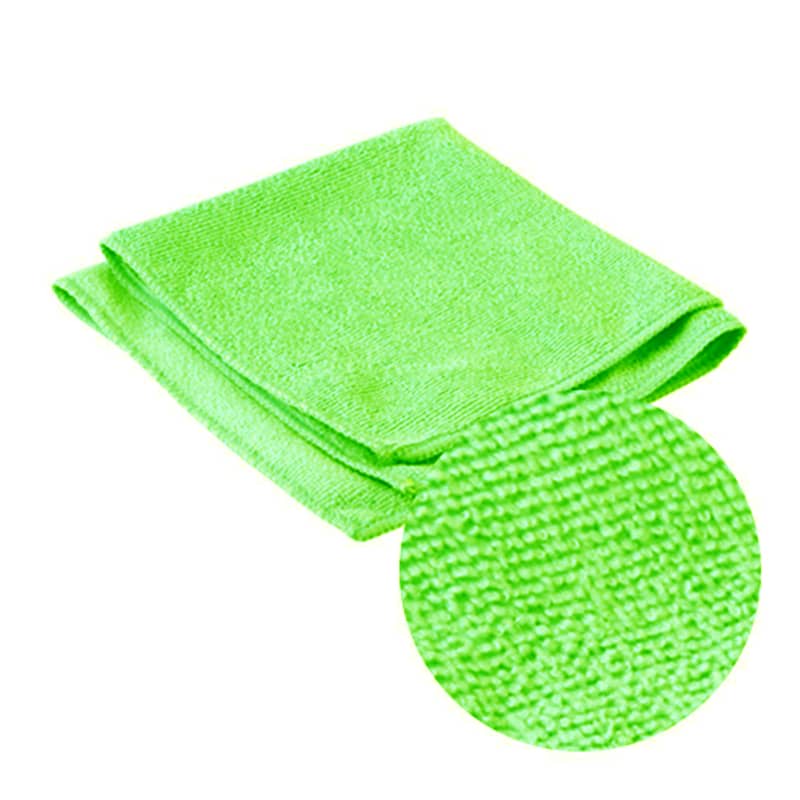
Reimagine everyday cleaning with the Enozo Pro Aqueous Ozone Spray Bottle — a powerful, chemical-free sanitising solution that turns ordinary tap water into aqueous ozone (AO), a natural oxidiser proven to kill 99.9% of common bacteria and many viruses. Designed for professional use, it delivers fast, sustainable cleaning without harmful residues or strong odours.
✔ Chemical-free sanitising: Generates aqueous ozone on demand, eliminating the need for traditional cleaning chemicals.
✔ Effective disinfection: Proven to kill 99.9% of bacteria including E. coli, Salmonella and Staphylococcus aureus within seconds.
✔ Eco-friendly design: Reduces plastic and chemical waste — one device supports up to 5,000 refills.
Lightweight, portable and sustainable, the Enozo Pro helps your team achieve professional-level hygiene safely and responsibly — without the use of harsh chemicals.

Why ATP Testing Matters
By integrating ATP testing with professional cleaning equipment and a structured hygiene protocol, commercial cleaning teams can:
Provide quantifiable proof of cleanliness
Improve operational efficiency
Boost client trust and satisfaction
Maintain a safe, germ-free environment in high-traffic spaces
ATP testing is no longer optional — it’s a crucial part of modern commercial cleaning and hygiene verification.

The Power of Green: Sustainable Cleaning That Truly Performs
Eco-Friendly Doesn’t Mean Weak: 7 Sustainable Cleaning Solutions That Outperform Chemicals For a long time, sustainable cleaning has had an unfair reputation. The assumption has
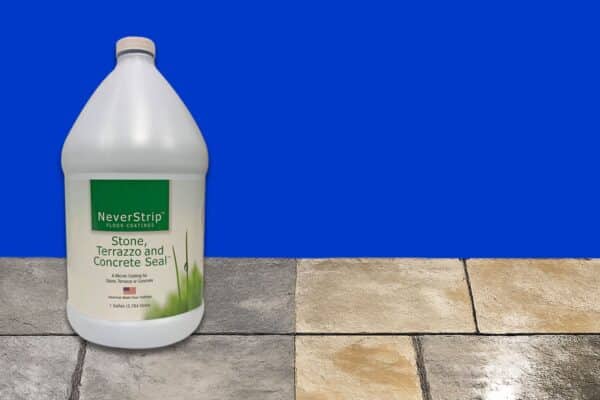
NeverStrip: Smarter Floor Protection Without the Strip-Out
NeverStrip: Smarter Floor Protection Without the Strip-Out Floor maintenance doesn’t need to be complicated or disruptive. In many commercial environments, traditional strip-and-seal regimes are still
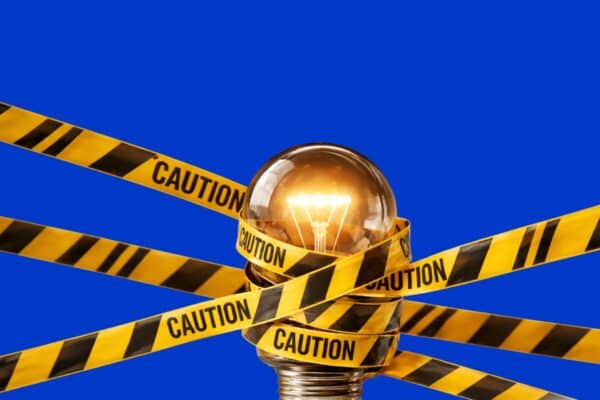
The Hidden Risk of Playing It Safe
Why Senior Leaders in Cleaning Businesses Can’t Afford to Play It Safe Anymore As a director or senior leader in a large cleaning or facilities

